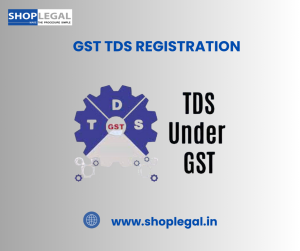Importer of Record (IOR) Services in India
It can be difficult for a foreign company to import goods into India. Seamless with trustworthy Importer of Record (IOR) services. Partner with an IOR to handle imports and avoid legal issues when your Indian customer isn’t GST-registered or you lack a local presence.
What Does an Importer of Record (IOR) Do?
The IOR legally submits the Bill of Entry and customs paperwork, follows the Indian Customs Act, pays customs duties and IGST, and clears and delivers goods to the recipient in India. This service helps overseas businesses ship goods without setting up a local entity or facing delays.
When Should You Use IOR Services?
In the following situations, IOR services are crucial:
- You plan to ship goods to India under Delivered Duty Paid (DDP) terms; your company is based outside of India and does not have an Import Export Code in Chennai (IEC) or GST registration in Chennai.
- You wish to reduce the possibility of fines for misdeclaration or delays at customs.In all such cases, an IOR serves as your official and legally compliant importing representative in India.

How IOR Services Work: Step-by-Step
How Importer of Record in Coimbatore Operate: A Comprehensive Guide
IOR services are intended to lighten your workload and make imports easier. The usual procedure goes like this:
- Designating an IOR: An Indian IOR provider is partnered with by the international seller, middleman, or freight forwarder.
- Payment of Taxes and Duties: Usually covered by the service charge, the IOR pays the required IGST and customs duties.
- Final Delivery: No GST registration is necessary on the buyer’s end; the goods are cleared and delivered to the recipient in India.
In India, end users do not need a GST number in order to comply with customs and tax regulations.
Advantages of Using IOR Services in India
IOR solutions provide significant operational and strategic advantages in addition to legal coverage.
IOR services guarantee a smooth delivery and peace of mind whether you’re shipping medical devices, industrial tools, electronic components, or IT hardware.
Essential Documents for IOR-Enabled Imports
Specific documents to use IOR services in India and ensure smooth, compliant imports.
- The exporting company’s import authorization letter
- Business Packing List & Invoice
- Bill of Lading, Airway Bill, or Shipping Bill
To prevent penalties, hold-ups, or customs rejections, accurate documentation is essential..
Why Choose Us for IOR Services in India?
We provide extensive knowledge of customs, logistics, and compliance to enable foreign companies to import into India with assurance and effectiveness.
Here’s why international exporters have faith in us:
- Easy, all-inclusive pricing and a clear import procedure
- Demonstrated experience managing DDP shipments across a variety of industries
- You have no legal responsibility—we take care of everything
We handle GST Registration in Coimbatore ,every step from the preliminary paperwork to the delivery and customs clearance, so you can concentrate on expanding your company in India.
Final Thoughts
India’s booming market offers massive opportunities, and with IOR services, entering it is easier than ever—no local office, no GST headaches, just fast and compliant imports.
If you’re an overseas supplier, distributor, or exporter looking to ship to India without complications, our Importer of Record (IOR) service is the hassle-free solution for compliant and worry-free importing.









